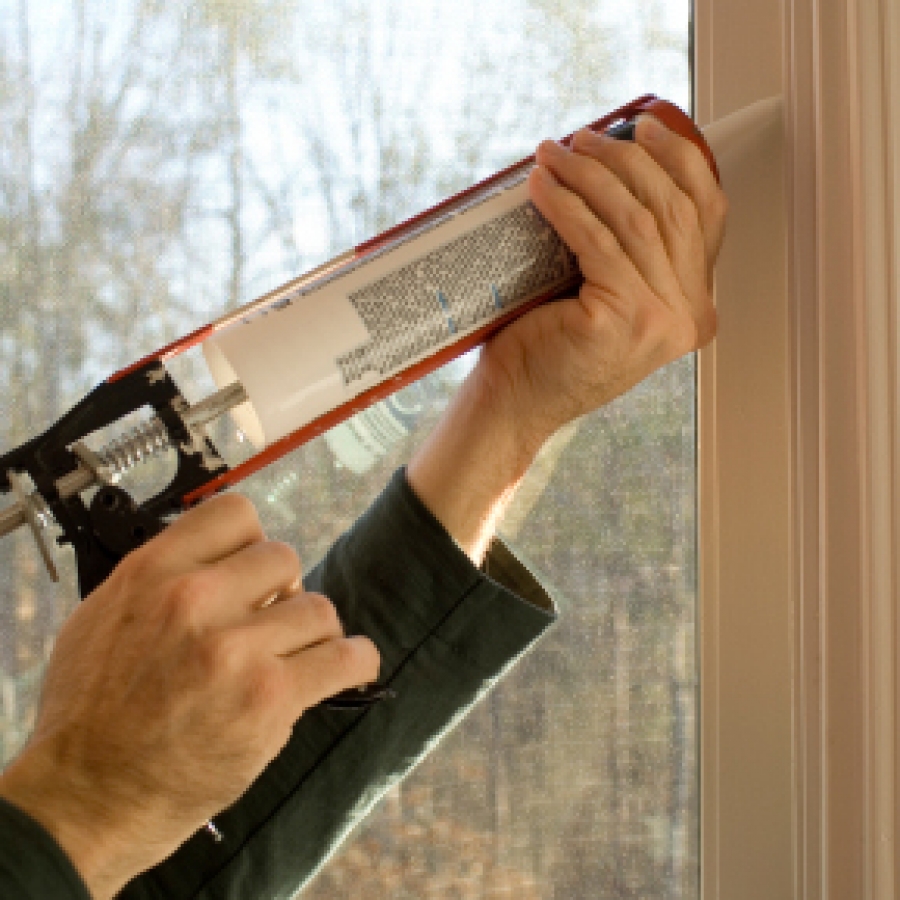Air Sealing
Air leakage, or infiltration, occurs when outside air enters a house uncontrollably through cracks and openings. Properly air sealing such cracks and openings in your home can significantly reduce heating and cooling costs, improve building durability, and create a healthier indoor environment.

Topic Summary
It is unwise to rely on air leakage for ventilation because it can't be controlled. During cold or windy weather, too much air may enter the house. When it's warmer and less windy, not enough air may enter. Air infiltration also can contribute to problems with moisture control. Moldy and dusty air can enter a leaky house through such areas as attics or foundations. This air in the house could cause health problems.
The recommended strategy in both new and old homes is to reduce air leakage as much as possible and to provide controlled ventilation as needed.
For more information, see the following resources:
Note that air sealing alone can't replace the need for proper insulation throughout your home, which is needed to reduce heat flow.
Article source: The U.S. Department of Energy’s Office of Energy Efficiency and Renewable Energy (EERE). For the most up-to-date information please visit the EERE website.



